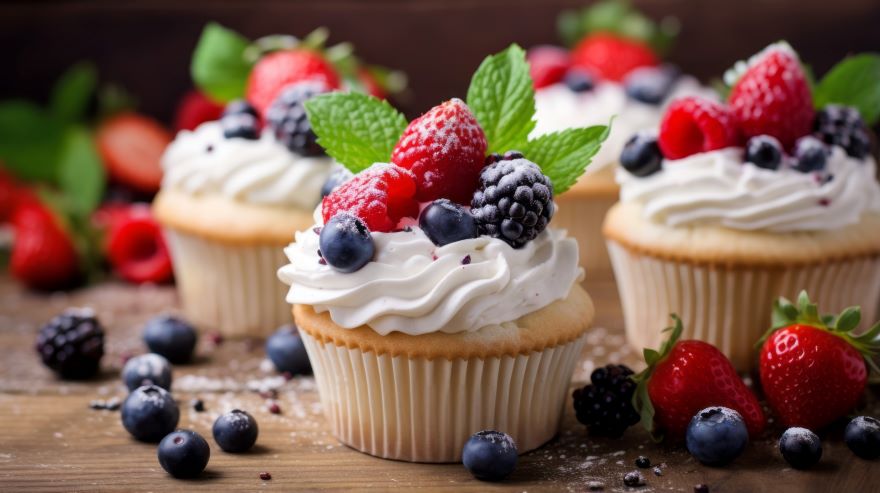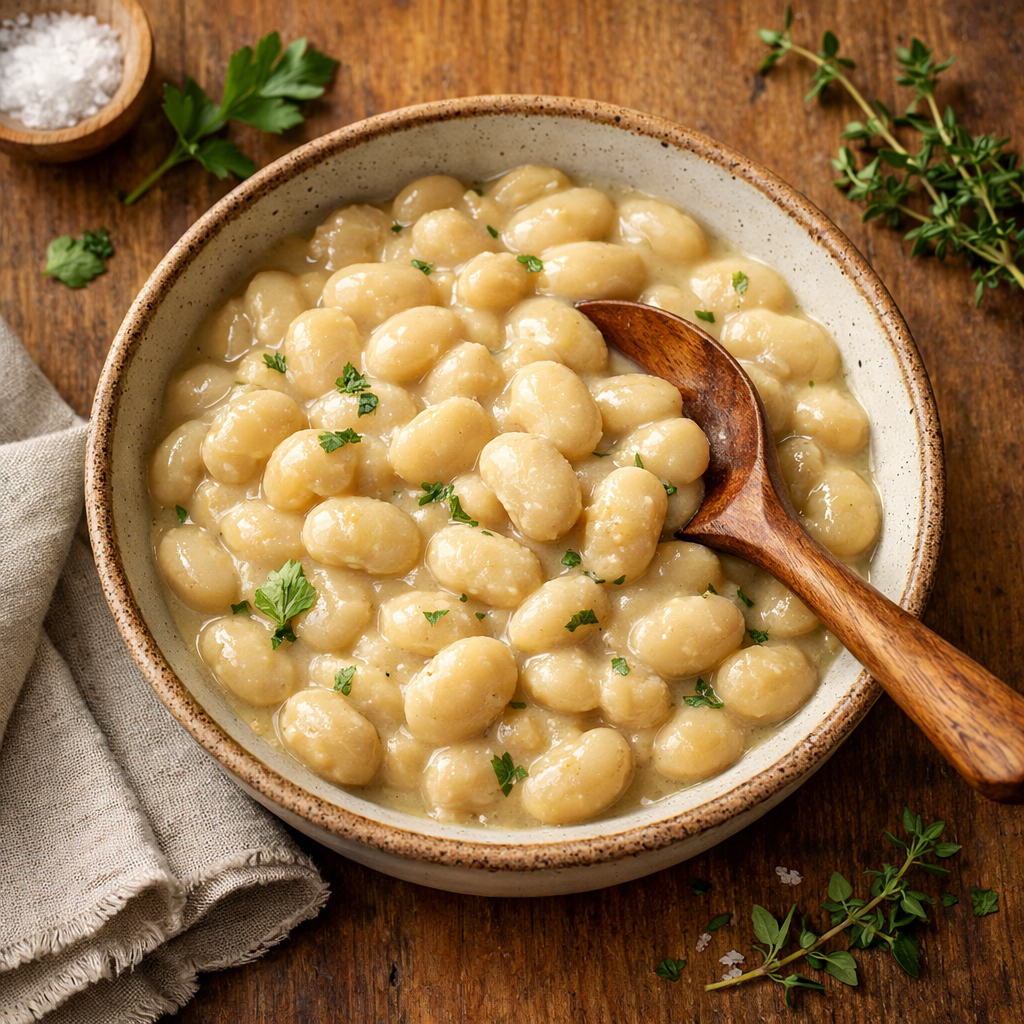Aside from chips and dark chocolates, what I love most are cupcakes. During parties or social gatherings, I’m like a child looking for cupcakes on the dessert table. They’re little masterpieces of joy that I simply can’t resist. I often catch my husband Bruce’s knowing look from across the room, silently telling me to pull myself together. I just smile back at him and say, “I haven’t had cupcakes in quite a while… this is my little moment of sweet therapy!”
Even modern queens have a sweet tooth. Queen Elizabeth was one of them, famously sharing her favorite chocolate cupcake recipe with the world. I’m sure many of us have tried this royal recipe, dreaming of teatime at Buckingham Palace. What’s even more heartwarming is knowing that the Cambridge kids—George, Charlotte, and Louis—baked cupcakes for the Platinum Jubilee party.

One of my friends was diagnosed with lactose intolerance. I refused to let her miss out on our traditional Sunday afternoon tea and treats. What started as a challenge became a passionate exploration of creative baking. Through experimentation and discovery, I found that dairy-free doesn’t mean flavor-free. Using almond milk and coconut oil created something extraordinary—cupcakes that weren’t just “good for being dairy-free” but were genuinely delicious in their own right. The best part? Nobody could ever tell they were allergy-friendly!
The Importance of Dairy Alternatives in Baking
Dairy-free baking has evolved far beyond just accommodating dietary restrictions—it represents a significant shift toward healthier, more sustainable food choices. From dairy-free cupcakes to artisanal breads, these alternatives offer impressive nutritional advantages while reducing environmental impact. The health benefits are substantial: reduced inflammation, better digestive health, lower cholesterol levels, and improved skin condition. For many, switching to dairy alternatives has led to better weight management and balanced hormones, all while still enjoying their favorite treats.
These alternatives also offer impressive nutritional advantages while reducing environmental impact. Plant-based ingredients like almond milk, coconut oil, and avocado provide essential fatty acids, natural fiber, and vital minerals, often exceeding the nutritional profile of traditional dairy products. The environmental benefits are equally compelling, with dairy alternatives generally requiring less water and producing a smaller carbon footprint. Modern dairy-free baking proves that we can create delicious, texture-rich treats that are better for both our bodies and the planet.
Essential Equipment for Perfect Cupcakes
Before diving into our dairy-free baking adventure, let’s ensure your kitchen is equipped with the right tools for success:
Essential Tools:
- Stand mixer or hand mixer with multiple speed settings (at least 5 speeds)
- Standard 12-cup muffin tin (heavy-gauge aluminum preferred)
- Quality paper liners or silicone cups
- Digital kitchen scale (accuracy to 0.1g)
- Digital thermometer for testing doneness
- Cooling rack (multi-tiered recommended)
- Professional piping bags and tips set
- Ice cream scoop or cookie scoop (2-inch diameter)
- Silicone spatulas and balloon whisk
- Fine-mesh sieve for sifting
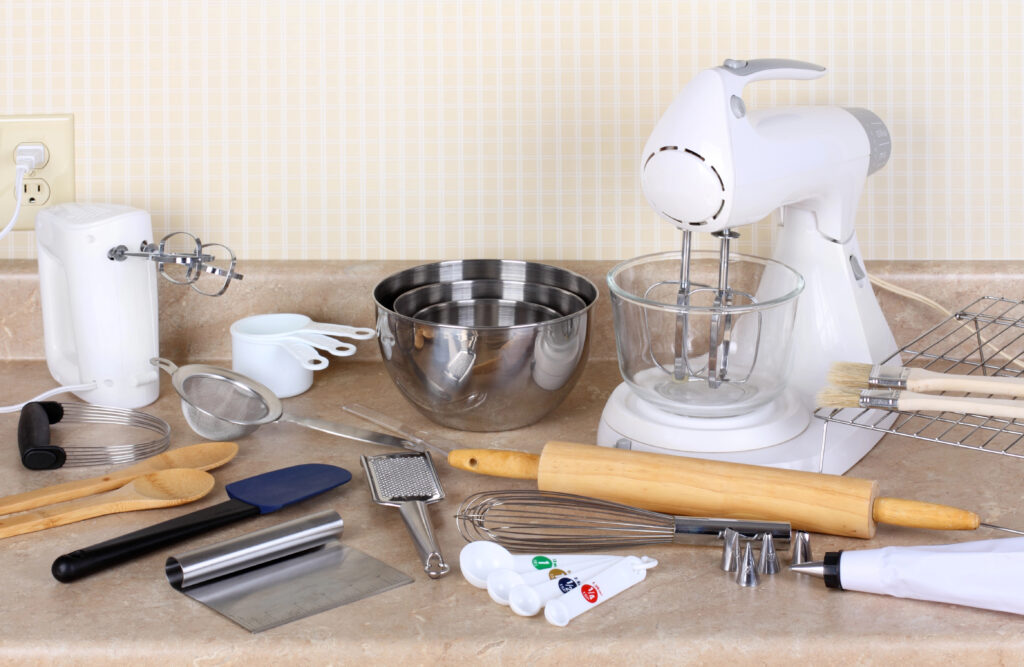
Achieving the perfect dairy-free cupcake batter requires precision and consistency, and the KitchenAid Artisan Series 5-Quart Stand Mixer is the ultimate tool for the job. With its powerful motor, multiple speed settings, and a variety of attachments, this stand mixer ensures smooth, lump-free batters and silky frosting every time. Its elegant design also makes it a stylish addition to any kitchen.
- Built to take it all on with the durable and built-to-last metal construction, and 59 touchpoints around the mixer bowl for great mixing results.
- 5 Quart Stainless Steel Bowl with comfortable handle for small or large batches, to mix up 9 dozen cookies* in a single batch. Dishwasher safe. *Using the flat beater; 28g dough each.
- Easily add ingredients with the tilt-head design, because you'll have better access to the bowl - lock the head in place while mixing.
- 10 speeds for nearly any task or recipe, from mixing ingredients together on the stir speed, to whipping cream at speed 8, you'll get thorough ingredient incorporation every time.
- Match your style with over 20 colors available. Choose from a full palette of color options to best match your style and personality.
Optional but Helpful:
- Cupcake corer for filling
- Squeeze bottles for precise filling
- Rotating cake stand for decoration
- Offset spatula set
- Cake leveler
- Storage containers with dividers
For perfectly baked, evenly cooked cupcakes, the Wilton 12-Cup Muffin Pan is a must-have. Made from heavy-gauge aluminum, it ensures even heat distribution, while its non-stick surface guarantees easy cupcake release and hassle-free cleanup. This durable and professional-grade pan is a game-changer for consistent baking results.
- Pack of 2
- Bake a dozen muffins or cupcakes at once with this 12-cup pan
- Made of steel; non-stick surface for easy release and quick cleanup
- Cavities: 3 in. dia. x 1 in. (7.6 cm dia x 2.5 cm)
- Limited 5-year warranty
Tips for Beginners
Starting Steps:
- Pre-measure ingredients into small bowls before mixing
- Set timer 5 minutes early to check doneness
- Let eggs/milk reach room temperature (2 hours before baking)
- Test your oven’s temperature with a thermometer
Mixing Tips:
- Scrape bowl sides while mixing
- Stop mixing as soon as ingredients combine
- Fill cupcake liners 2/3 full only
- Tap pan gently to remove air bubbles
Frosting Success:
- Wait until cupcakes are completely cool
- Start with simple spatula spreading
- Practice piping on parchment paper first
- Keep frosting cool between uses
Saving Money:
- Buy ingredients in bulk
- Make your own plant-based milk
- Start with basic tools first
- Share costs with baking friends
The Magic of Dairy-Free Ingredients
Standing in my kitchen surrounded by various plant-based ingredients feels like being in a magical laboratory, where every ingredient interaction can dramatically affect your final dairy-free cupcakes. Each alternative brings its own special quality to baking: oat milk adds a creamy sweetness, while almond milk creates a lighter texture. Coconut oil works wonders as a butter replacement, and avocados make the most incredible chocolate frosting you’ve ever tasted.
We highly recommend the Simple Mills Almond Flour Vanilla Cupcake & Cake Mix. This mix is not only dairy-free but also gluten-free, paleo-friendly, and made with wholesome ingredients like almond flour and coconut sugar. With this mix, you can whip up a batch of moist and flavorful cupcakes in no time.
- Receive 3 boxes of Simple Mills Almond Flour Vanilla Cake mix. Just the right amount of sweet for a vanilla cake that's Good for than the conventional counterparts
- Take a look at our nutritious baking mix ingredients. Nutrient dense, purposeful ingredient list for these delicious baking products from Simple Mills.
- See our reviews on your iPhone, iPad, Android, or laptop by scrolling down to see how other consumers rate our delicous taste!
- Nothing artificial, ever. Shelf stable snack that is perfect for stocking up the pantry and great way to gain energy and boost productivity
- Made With Simple Ingredients, Certified Gluten free, Non-GMO, Grain Free, Corn Free, Paleo Friendly, Plant Based
Understanding Dairy-Free Baking Science
Temperature matters more than you might think in dairy-free baking. All ingredients should be at room temperature (70°F/21°C) before mixing. Cold ingredients can cause coconut oil to solidify, leading to lumpy batter and dense cupcakes. For best results, place your ingredients on the counter 2 hours before baking. The science behind dairy-free baking is much like conducting a delicate chemistry experiment – every ingredient interaction and temperature shift can dramatically affect your final creation. Remember: patience in preparation leads to perfection in results.
Alternatives to Milk Products
Milk: For the base of most cupcake recipes, I opt for plant-based milks. My go-tos include oat milk, soy milk, and almond milk, which are excellent for imparting a creamy texture without the dairy.
Butter: In place of traditional butter, I prefer using vegan butter or shortening. These provide a rich, spreadable foundation for frostings, just like dairy-based butter, ensuring the frosting is silky smooth.
Perfect Dairy-Free Recipes
Quinoa-Almond Vanilla Dream Cupcakes
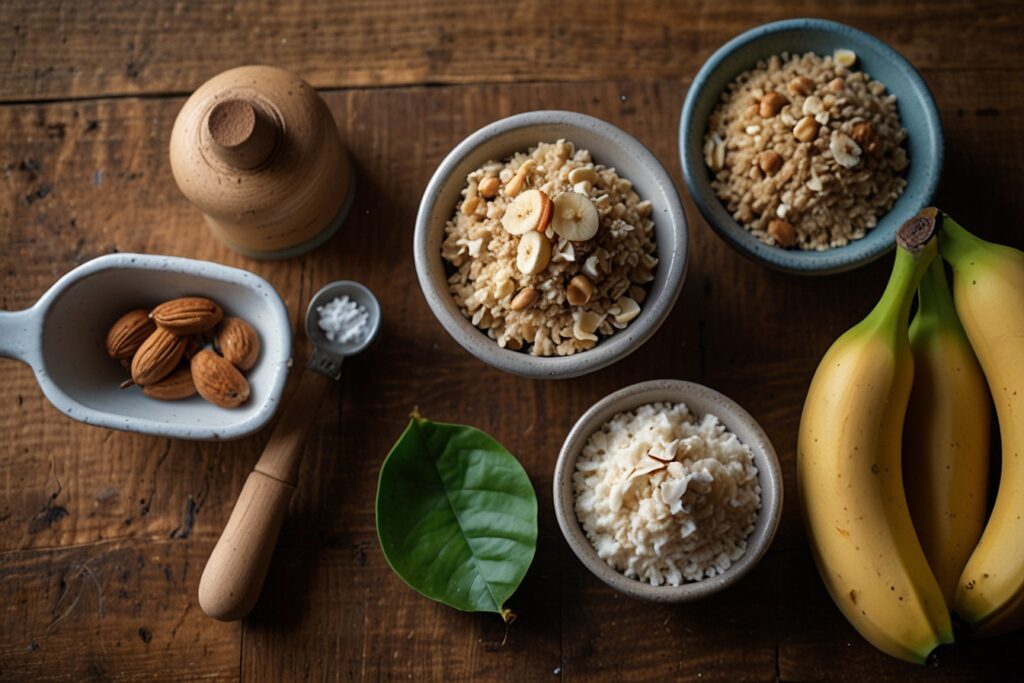
Makes 12 cupcakes
Ingredients:
- 1 cup quinoa flour (high protein, gluten-free)
- 1 cup blanched almond flour (healthy fats, protein)
- 1/3 cup monk fruit sweetener (zero glycemic impact)
- 2 teaspoons aluminum-free baking powder
- 1/4 teaspoon Himalayan pink salt (mineral-rich)
- 2 ripe bananas (natural sweetener, potassium)
- 1/2 cup homemade almond milk
- 1/4 cup cold-pressed virgin coconut oil (healthy MCTs)
- 2 flax eggs (2 tbsp ground flax + 6 tbsp filtered water)
- 1 teaspoon alcohol-free vanilla extract
Healthy Frosting:
- 2 cups raw cashews (soaked 8 hours)
- 10 Medjool dates (minerals, fiber)
- 2 tablespoons cold-pressed coconut oil
- 1 teaspoon alcohol-free vanilla extract
- Pinch of Himalayan salt
Instructions:
- Preheat oven to 350°F (175°C)
- Line muffin tin with unbleached parchment liners
- Prepare flax eggs and let sit 10 minutes
- Blend bananas, almond milk, coconut oil until smooth
- Mix dry ingredients in separate bowl
- Combine wet and dry gently
- Fill cups 2/3 full
- Bake 20-22 minutes
- Cool completely on wire rack
Super-Food Chocolate Cupcakes
Makes 12 cupcakes
Ingredients:
- 1 cup almond flour
- 1/2 cup raw cacao powder (antioxidants)
- 1/4 cup coconut flour (fiber-rich)
- 1/3 cup monk fruit sweetener
- 1 1/2 teaspoons aluminum-free baking soda
- 1/4 teaspoon Himalayan pink salt
- 1 ripe avocado (healthy fats)
- 1 cup homemade oat milk
- 1/4 cup apple sauce (unsweetened)
- 2 tablespoons apple cider vinegar (raw, unfiltered)
- 1 teaspoon alcohol-free vanilla
Healthy Chocolate Frosting:
- 2 ripe avocados
- 1/2 cup raw cacao powder
- 1/4 cup monk fruit sweetener
- 1 teaspoon alcohol-free vanilla
- Pinch of Himalayan salt
Instructions:
- Preheat to 350°F (175°C)
- Line with unbleached liners
- Blend avocado until completely smooth
- Mix dry ingredients
- Combine wet ingredients separately
- Fold together gently
- Bake 20-22 minutes
- Cool minimum 45 minutes
Berry-Burst Oat Cupcakes
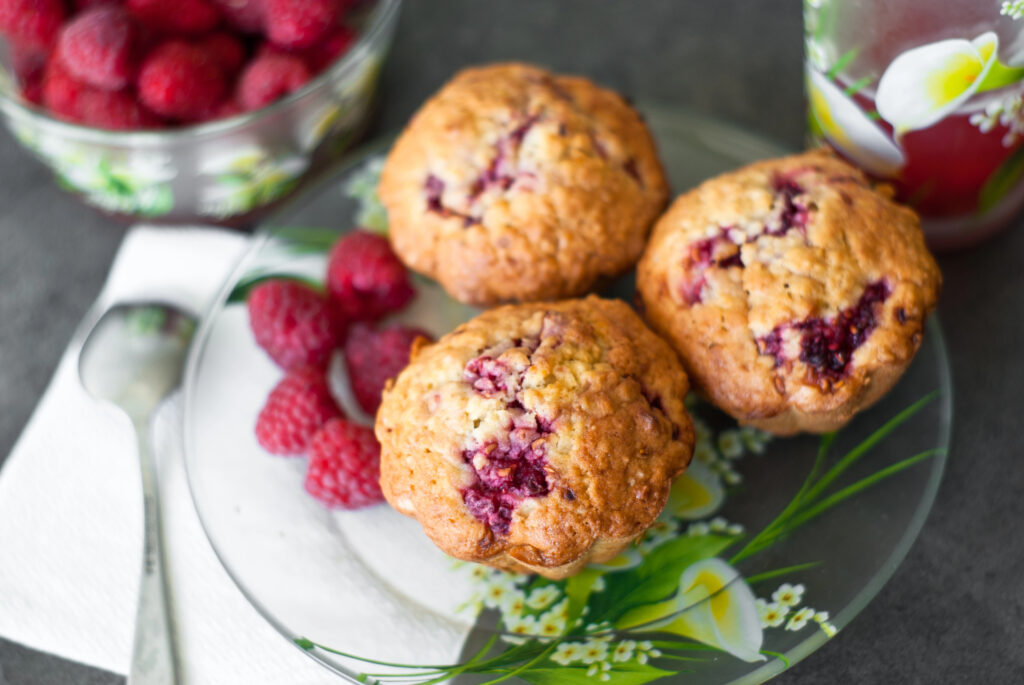
Makes 12 cupcakes
Ingredients:
- 1 cup almond flour
- 1/2 cup coconut flour
- 1/4 cup ground chia seeds (omega-3s)
- 1/3 cup monk fruit sweetener
- 2 teaspoons aluminum-free baking powder
- 1/4 teaspoon Himalayan salt
- 1 cup organic mixed berry puree (fresh or frozen)
- 1/2 cup coconut yogurt (probiotic-rich)
- 1/4 cup cold-pressed coconut oil
- 2 flax eggs
- 1 teaspoon alcohol-free vanilla
Healthy Berry Frosting:
- 2 cups coconut cream (chilled overnight)
- 1/4 cup monk fruit sweetener
- 1 cup fresh organic berries
- 1 tablespoon ground chia seeds
- 1 teaspoon vanilla
Instructions:
- Preheat to 345°F (174°C)
- Prepare muffin tin
- Blend berries until smooth
- Mix dry ingredients
- Combine wet ingredients
- Fold together in three additions
- Bake 19-21 minutes
- Cool one hour before frosting
Nutritional Benefits:
- High in fiber
- Rich in healthy fats
- Good source of protein
- Low glycemic impact
- Antioxidant-rich
- Contains prebiotics and probiotics
- No refined sugars
- No artificial ingredients
- Enzyme-rich raw ingredients in frostings
Storage Tips:
- Keep refrigerated up to 3 days
- Freeze unfrosted up to 2 months
- Bring to room temperature before serving
- Store in glass containers
Professional Decorating Techniques
Basic Swirl:
- Fill piping bag 2/3 full
- Start from outer edge
- Use steady pressure
- Move inward smoothly
- Release pressure before pulling away
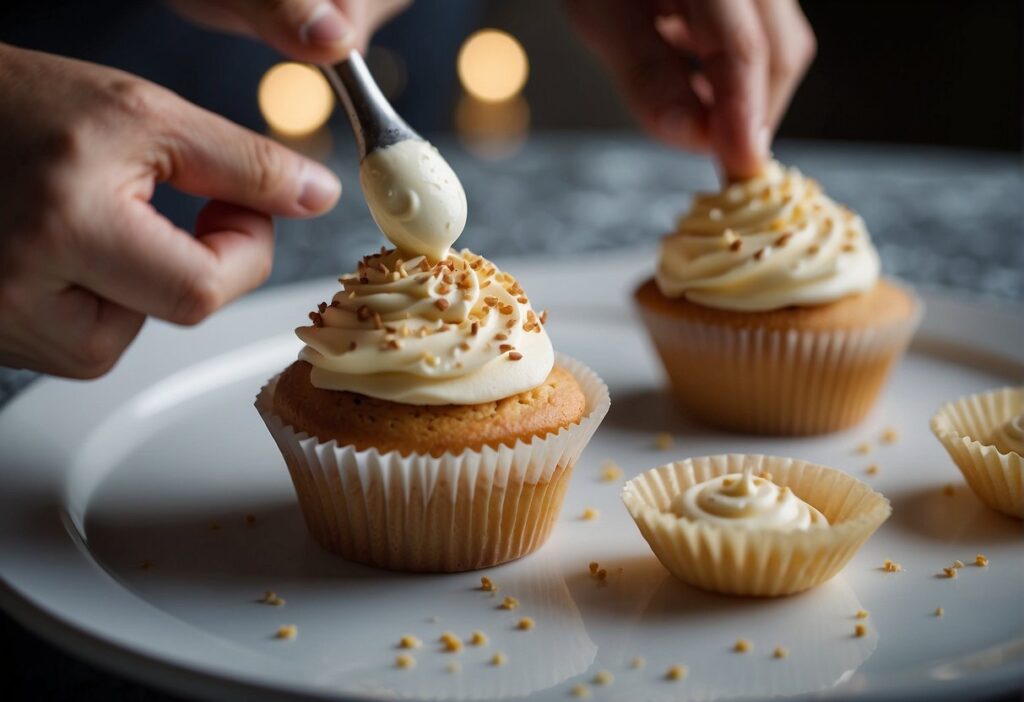
Rose Design:
- Use petal tip #104
- Start in center
- Create three layers
- Work outward
- Add leaves if desired
Troubleshooting Guide
Common Issues and Solutions:
Sinking Centers:
- Check oven temperature
- Don’t overmix batter
- Ensure proper measuring
- Fill cups correctly
Dense Texture:
- Room temperature ingredients
- Don’t overmix
- Check leavening freshness
- Proper measuring
Uneven Baking:
- Rotate pan halfway
- Check oven temperature
- Don’t overcrowd oven
- Use quality pans
Storage and Freshness Tips
Room Temperature:
- Unfrosted cupcakes: 3 days
- Airtight container
- Away from heat/sun
- No refrigeration needed
Refrigerated:
- Frosted cupcakes: 5 days
- Covered container
- Bring to room temperature before serving
- Prevent condensation
Freezer:
- Up to 3 months unfrosted
- Double-wrap in plastic
- Thaw in refrigerator
- Refresh frosting if needed
Allergen Substitutions
Egg Replacements (per egg):
- 1 mashed banana
- 1/4 cup applesauce
- 1 flax egg
- Commercial egg replacer
Nut-Free Options:
- Sunflower seed flour
- Oat milk
- Seed butters
- Coconut-based alternatives
Scaling for Events
Small Gatherings (12-24):
- Single batch
- Simple decorations
- Same-day baking
- Basic display
Large Events (50+):
- Multiple batches
- Varied flavors
- Production schedule
- Professional display
Health and Nutrition
Benefits of Dairy-Free:
- Lower saturated fat
- Better digestion
- Plant-based nutrients
- Allergy-friendly
Alternative Sweeteners:
- Coconut sugar
- Maple syrup
- Date sugar
- Monk fruit
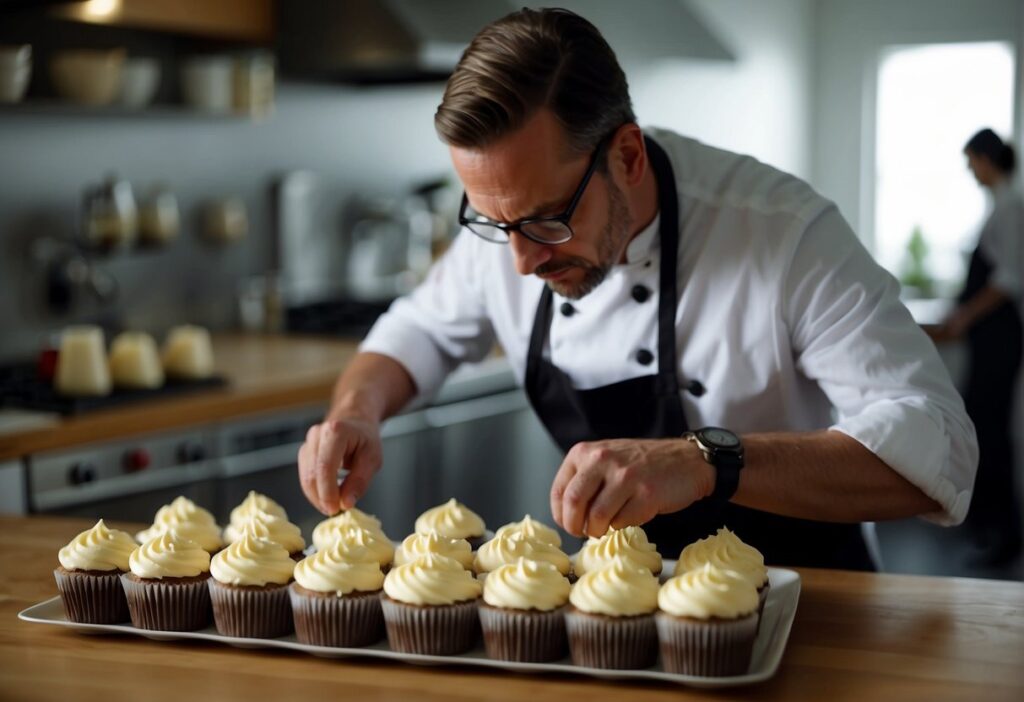
Adapting Ingredients to Your Local Market
Living in Ontario, I’ve found that certain ingredients for dairy-free cupcakes, like date paste, are tricky to find in my local supermarket. Rather than searching endlessly, I’ve learned to work with what’s readily available—raw honey has become my go-to sweetener. It’s local, nutritious, and when used in moderation, brings the perfect touch of sweetness to my dairy-free cupcakes.
I love how different regions bring their own unique ingredients to these recipes. Here in North America, we’re blessed with pure maple syrup, while my friends across Asia use jaggery in their baking. Even agave nectar from Mexico works wonderfully! The secret is doing a bit of homework about your substitute—understanding how sweet it is, what nutrients it adds, and how it might change your batter’s moisture. Whether you’re using palm sugar from your local Asian market or honey from a nearby farm, these mindful substitutions keep our baking both practical and healthy.
Final Thoughts
Throughout this comprehensive guide, we’ve explored the art and science of dairy-free cupcake baking. From essential equipment and ingredient selection to professional decoration techniques and troubleshooting tips, we’ve covered everything needed to create perfect dairy-free cupcakes for any occasion. We’ve learned how alternative ingredients can create extraordinary results, mastered common challenges, and discovered ways to adapt recipes for various dietary needs and preferences.
Cupcakes are truly divine creations that would tempt even the most disciplined of souls—even queens have fallen under their spell! However, the true art lies in finding the perfect balance between indulgence and well-being. The beauty of modern baking lies in its ability to transform traditionally decadent treats into healthier alternatives without compromising on taste.
While these treats are irresistible, remember that moderation is key to a balanced lifestyle. Every sweet craving has a healthier alternative waiting to be discovered, and with the right ingredients and techniques, you can satisfy your sweet tooth while nourishing your body. Indulge in life’s sweet moments, but always be mindful of the choices available to you.
After all, the greatest luxury is being able to enjoy our favorite treats while maintaining our health and vitality.
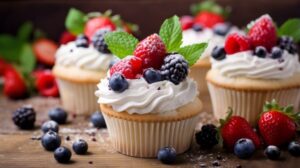
*We may earn a commission for purchases made using our links. Please see our disclosure to learn more.

